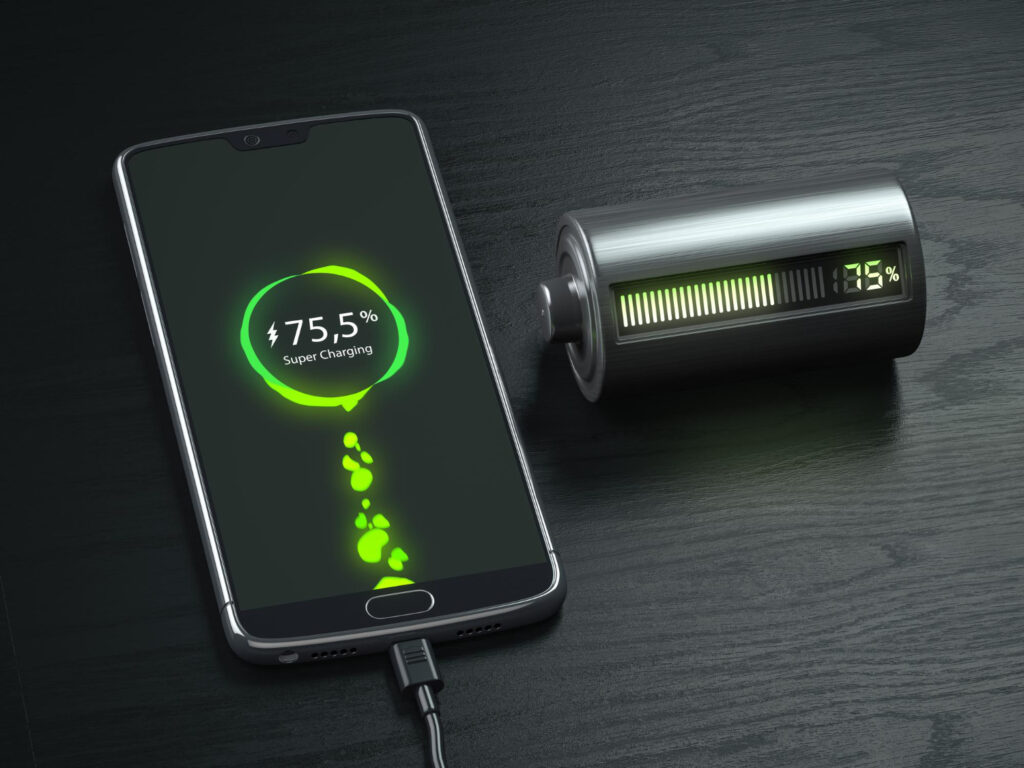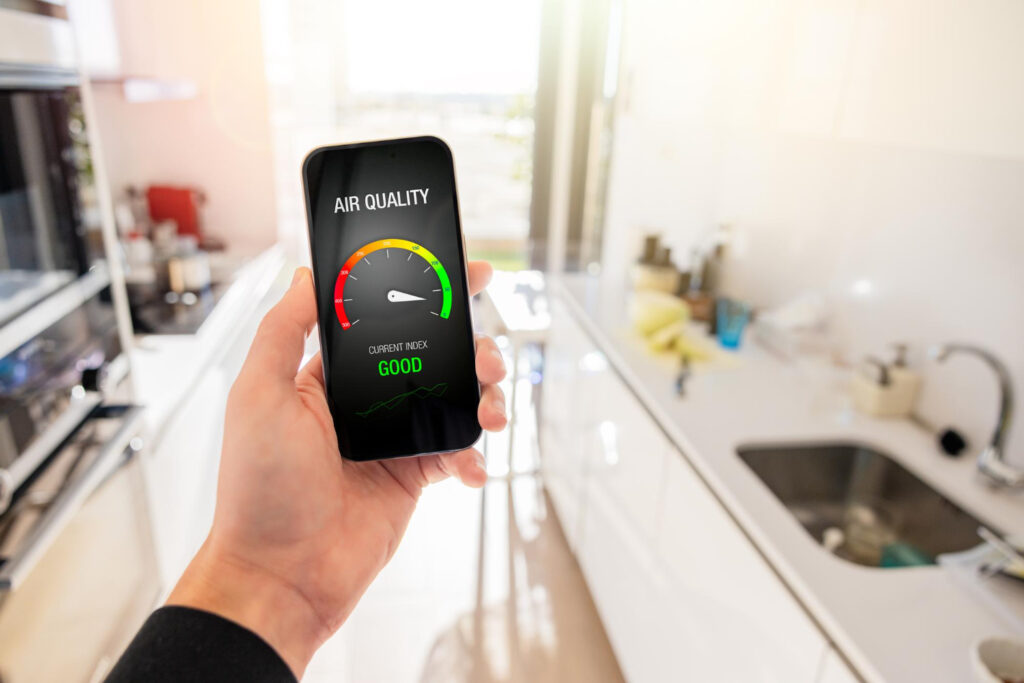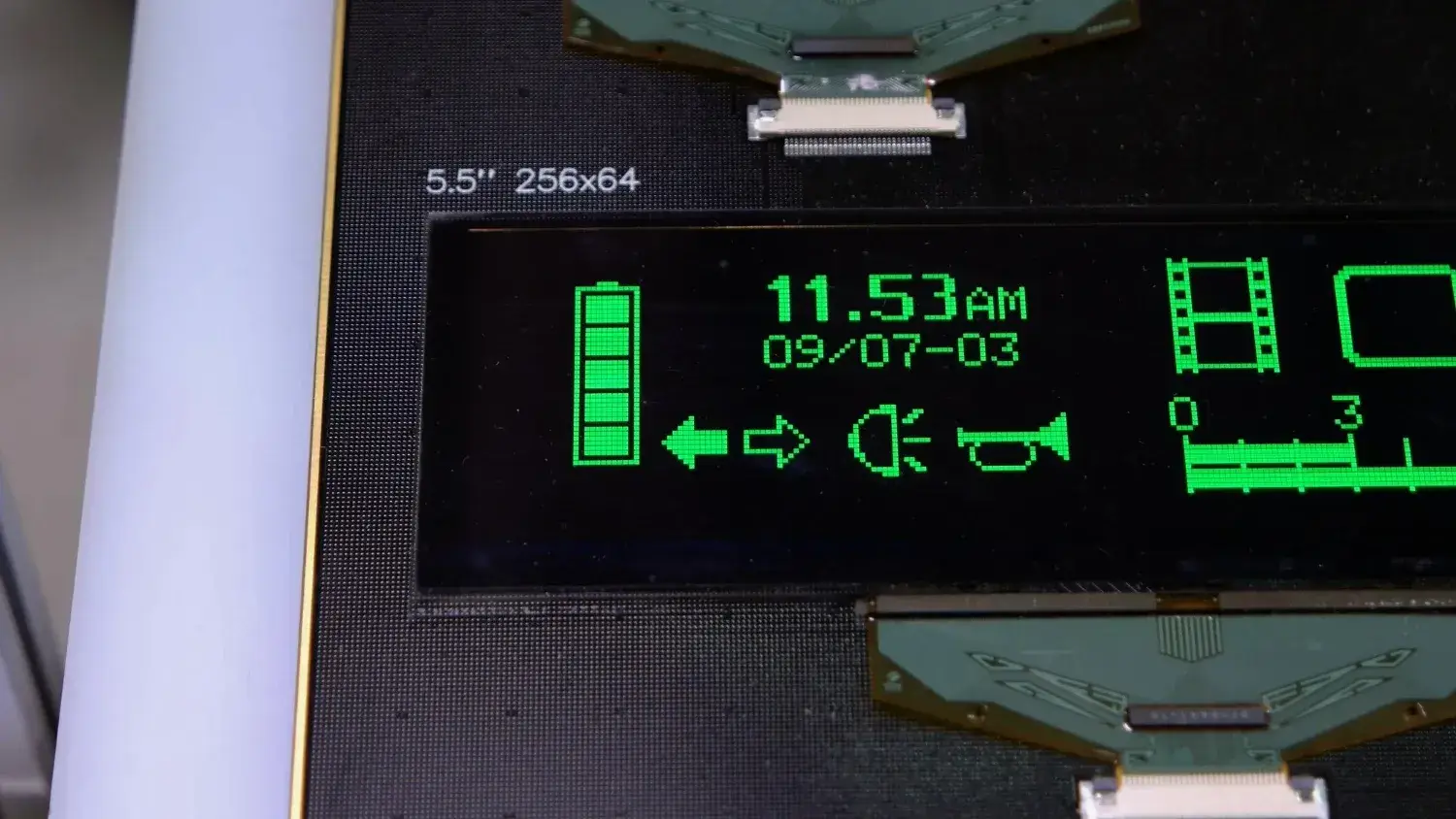Maintaining optimal battery health is essential for ensuring your smartphone or laptop performs reliably over time. Yet manually checking battery metrics—such as charge cycles, voltage levels, and temperature—can be tedious and easily forgotten. By automating battery health tracking, you can log crucial data points, receive proactive alerts when anomalies arise, and take timely action to prevent premature degradation. In this post, we’ll explore how to leverage built-in and third-party tools, set up automated monitoring routines, interpret key metrics, and craft custom alerts. These lifehacks will help you stay ahead of battery issues and maximize the longevity of your devices.
Leveraging Built-In Battery Monitoring APIs

Most modern operating systems expose battery health data through system APIs or command-line utilities. On mobile devices, for example, you can query charge cycle count and wear-level percentage via diagnostic menus or shell commands. On desktops and laptops, tools like upower (Linux) or powercfg (Windows) provide similar insights. To automate data collection, schedule a background script—written in Bash, PowerShell, or Python—that runs these commands at fixed intervals (e.g., daily at midnight). Have the script append timestamped readings to a local log file or push them to a cloud spreadsheet via an API. Over time, you’ll accumulate a history of battery performance that reveals long-term trends and flags unusual behavior before it becomes critical.
Integrating Third-Party Monitoring Services
If you prefer a more user-friendly interface, several third-party apps and cloud services specialize in battery diagnostics. These platforms often offer cross-device support, CSS dashboards, and built-in alerting capabilities. After installing your chosen tool, use its API or webhook integrations to forward data into your own monitoring pipeline. For instance, configure the app to send HTTP POST requests containing voltage and temperature readings to a lightweight server you control. There, you can process incoming data, store it in a database, and run custom analytics. By leveraging both built-in APIs and third-party tools, you gain comprehensive visibility into battery health without sacrificing the convenience of polished dashboards and visualization features.
Setting Up Custom Alerts and Thresholds
Raw data is only useful if you know when to act. Define thresholds for key metrics—such as cycle count, state-of-health percentage, or average charging temperature—and build alerting rules around them. Using your monitoring script or service, trigger notifications via email, SMS, or push notification when a metric crosses its warning threshold. For example, if battery capacity falls below 80 percent or charging temperature exceeds 45 °C, you’ll receive an immediate alert prompting you to adjust charging habits. To avoid false positives, implement hysteresis: require that the metric remains outside the safe range for a sustained period (e.g., ten minutes) before firing an alert. This approach prevents transient spikes from triggering unnecessary alarm fatigue.
Visualizing Trends and Scheduling Maintenance

Beyond alerts, visualizing long-term trends helps you plan proactive maintenance—like full calibration cycles or replacement. Feed your logged data into a simple charting tool or spreadsheet and plot metrics over time. Look for gradual declines in maximum capacity or increasing temperature during charge cycles. If you spot an accelerating downward trend, schedule a manual calibration routine (discharge the device to 20 percent and then charge to 100 percent) or plan for battery replacement. You can even automate calendar events: when your script detects that cycle count has reached a predefined milestone (say, 300 cycles), it could automatically create a reminder for you to perform maintenance. By combining visualization with automated scheduling, you turn raw metrics into actionable insights that keep your devices running smoothly.

Leave a Reply